To & From:
From Dublin there are no direct flights to Tokyo, we chose Virgin from Gatwick. Its a long flight, just shy of 12 hours out and a little over on the return. Japan is + 8 hours GMT, so you will arrive next day roughly 24 hours ahead of departure. To make life easy we had a late morning flight so arrived daytime in Tokyo, which is not a bad idea, the complexity of language, sheer size and the crowds require some degree of alertness to negotiate this mega city.
Tokyo’s main International airport is Narita ( NRT ), and is a good bit out of the City –approx. 60 Km, so you need to work out the train situation, if you have booked the Keisei Skyliner ticket, you will see the signs for the trains as you exit the arrivals hall. However, you first need to exchange your e-voucher for a travel voucher at the Keisei travel counter, the Japs love formal paperwork. To complicate matters there is also an Access Express and main line train to Tokyo, all vary on speed and price, so choose wisely, and plan your trip well in advance.
We were staying at Hotel Niwa, in Chiyoda City a great location close to the Imperial palace, served by Suidobashi station –apparently reachable in 1 hour 10 minutes from Narita it took us double that, but we had some unintended detours on the way. Finally arriving at the hotel we decided we would eat there, they have a French and Japanese themed option.
See 1 under useful links
Woke Tip : Hotel prices are exceptionally high in Tokyo, if you stay close to a main subway station a central location is not quite as important. The sheer size of Tokyo means you will need to be travelling to see all the sights anyway.
Awake Tip : Don’t under estimate the complexity of the transit system from the Airport, plan well in advance.
Day 1.
Being the Worlds largest and most populous Metropolis, Tokyo needs some planning to negotiate and navigate, so we had decided to bite it off in chunks. Effectively you can calve it up between Northern, Central and Western districts. So we had planned to start with a trip to the Senso-ji Temple in the Northern area at Asakusa.
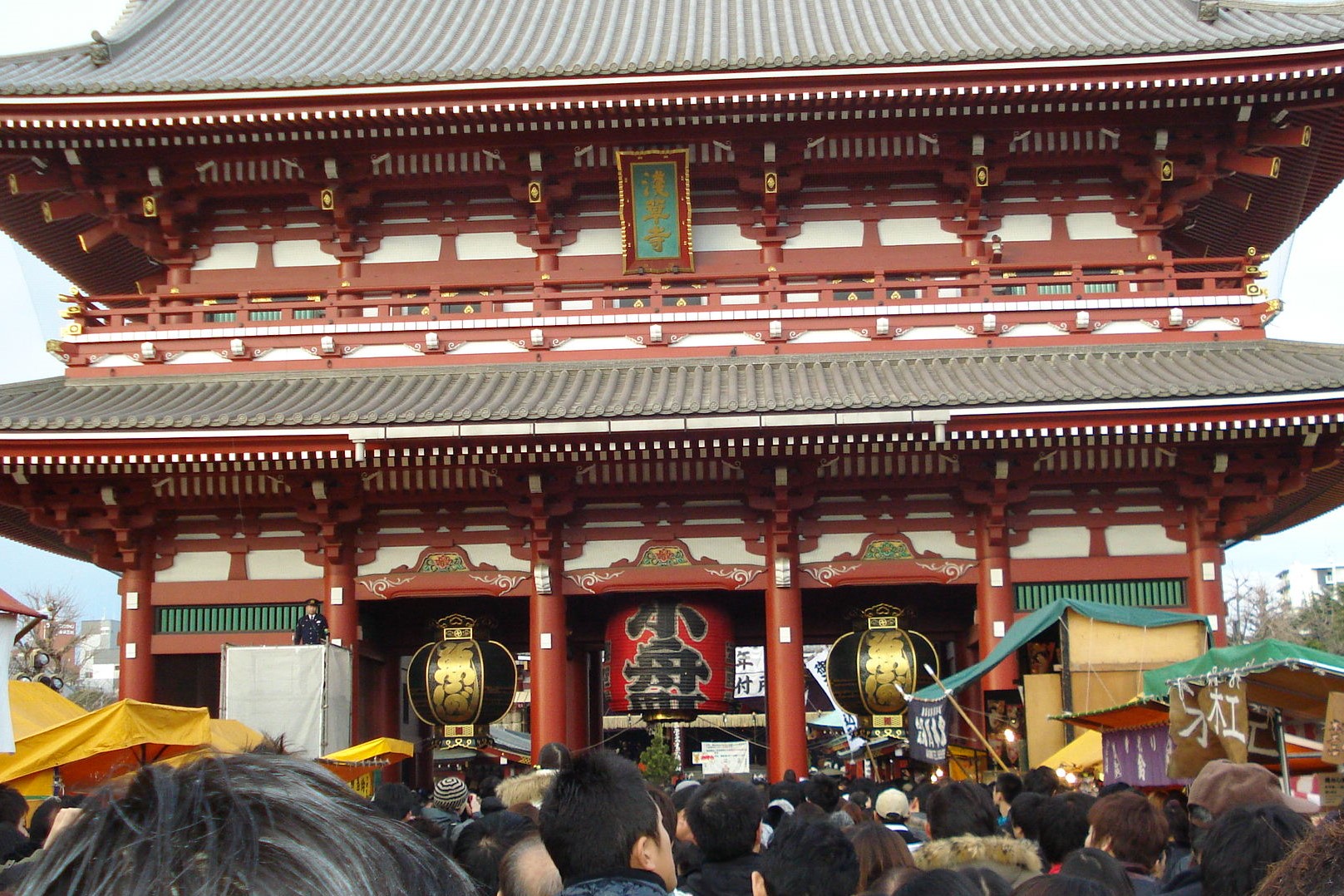
This is Tokyo’s oldest and most sacred temple, and attracts plenty of attention from locals and tourists. Once you get familiar with the subway and JR lines then navigation is reasonably straightforward. The Sobu line from Suidobashi takes you to Akihabara then transfer to Ueno and then onto the Ginza metro line out to the shrine.
The complex has an array of smaller temples and buildings to explore–however, you may not get to all, if as on the day of our visit half of Tokyo seemed to get there first.
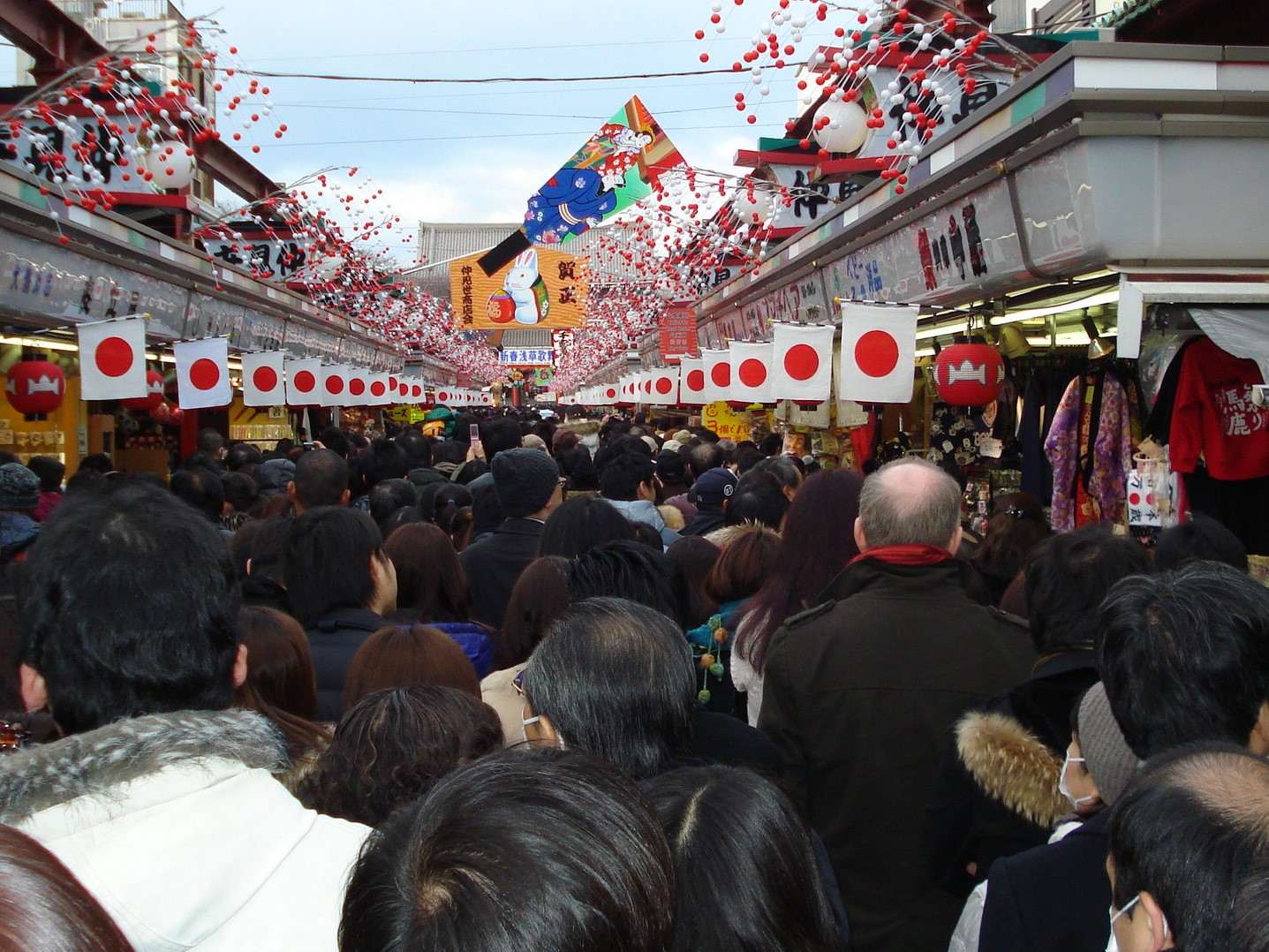
Away from the crowds and to relax a little head to Ueno Park, a large park hosting Japans oldest Zoo –complete with Pandas.
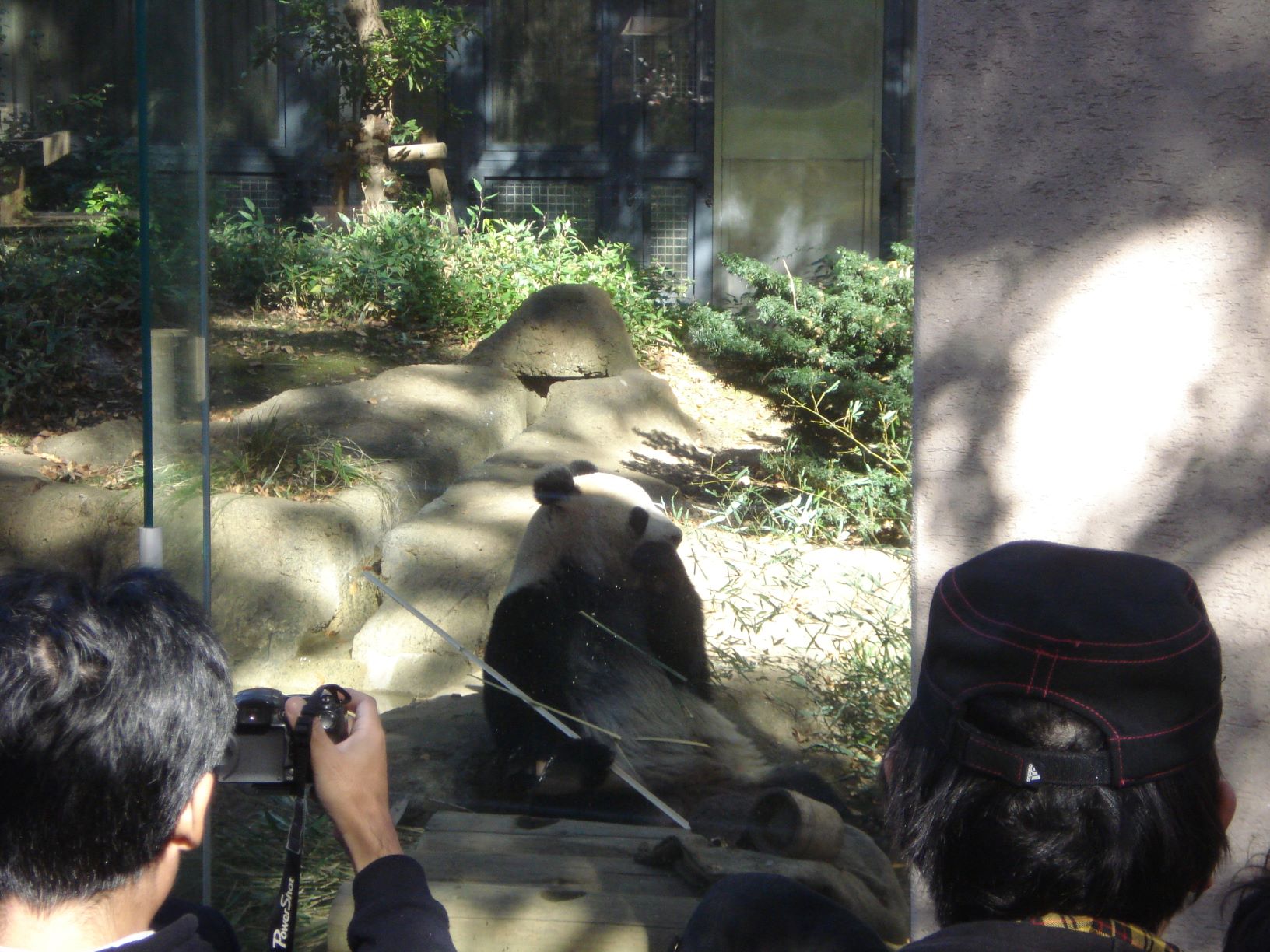
Ueno park also has Natural History, Science and Art museums, so you are spoilt for choice and will be short on time.
Try to miss the rush hour on the metro, Akihabara is a crowded spot so be warned when heading back to your hotel.
See 2 under useful links
Awake Tip : ATM machines whilst everywhere around the city do not work for foreign bank cards, you need to go to a Post office and use the International ATM there, so make a point to get to a Post Office during trading hours.
That evening we headed out to the Glitzy up market Ginza area for a drink and dinner. The area is to the south of the Imperial Palace grounds, and Tokyo main railway station. The Peninsula Hotel is a great spot for a drink, with panoramic views of the City.
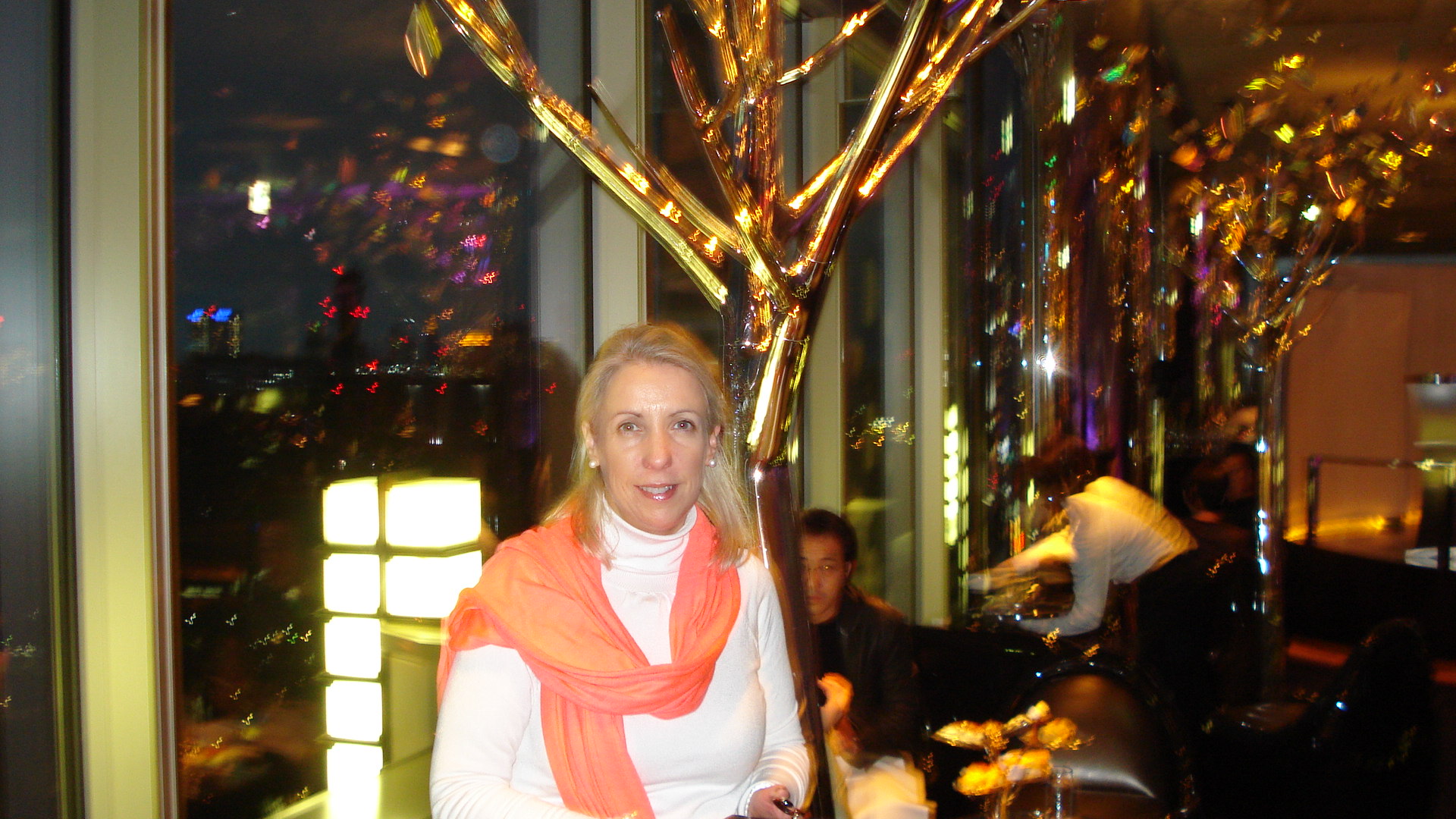
There are no shortage of dining options, in the area, but remember the restaurants can be contained within high rise buildings so its common to be heading up a number of floors to your chosen eatery.
Awake tip : Plan the trips on the JR and local metro routes, the stations can be massive and daunting with all the travellers. This is especially true in West Tokyo.
Woke Tip : Buy open day metro tickets based on the number of days you will be using the metro.
Day 2.
Its difficult to cram everything into a first trip to Tokyo–so much to see and do and you can literally lose yourself in places like Ueno park and the bright lights of the high tech area Akihabara, but we decided to stick with the plan and head to the western districts of Shinjuku and Shibuya, they are three stops apart on the Yamanote line.
This is new Tokyo, fast paced and high octane, home to pachinko parlours and the Olympic pavilions of Yoyogi park.
Arriving into Shinjuku is an experience, reputedly the worlds busiest train station, handling up to 2M people daily, it is one hot spot and you need to be prepared for bedlam, staff wearing white gloves literally push commuters onto the trains in the rush hours, making sure each train is packed and no odd body part is trapped in the closing doors.
The corridors connecting all the lines and train networks together are a sea of bright neon lights with shops and restaurants lining the edges of the tunnels. It is almost impossible to get any sense of direction and futile to try and go against the flow of the endless stream of commuters. Best advice, look for the nearest escalator and get to street level as soon as you can and take your bearings above ground.
To the West of the station is a cluster of Tokyo’s tallest skyscrapers, many of the hotels in the area have roof top bars and restaurants offering great views at a price. One option to get a panoramic city view is to head to the Sumitomo Building containing a shopping centre and free observatory with great views of the City,
If you fancy a drink nip into the Keio Plaza Hotel, which has a rooftop bar, its easier to access that the Park Hyatt which was made famous by the movie lost in translation, just behind the Keio is the Washington Hotel, with flowing curves its worth a look and a bite to eat.
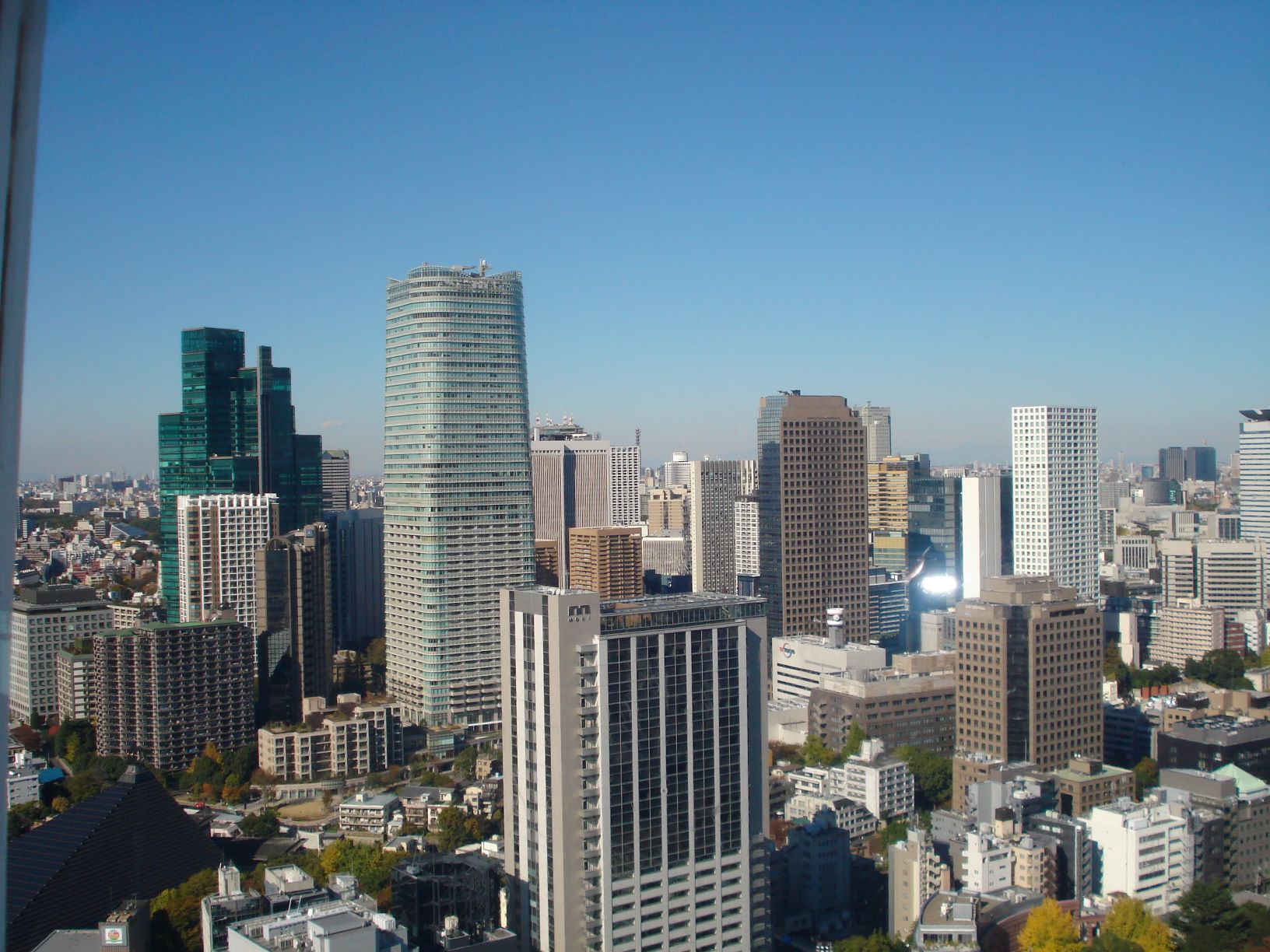
In the afternoon don’t miss the chance to visit the Juniso Kumano Shrine sat in Shinjuku Central park, a great peaceful green oasis, you will need some fresh air before you head back to the station.
Awake Tip : Don’t arrive or depart West Tokyo at rush hour
We arrived back to the hotel in good time and headed out that night to an Irish bar within walking distance, but close to Kanda subway station a couple of stops down from Suidobashi.
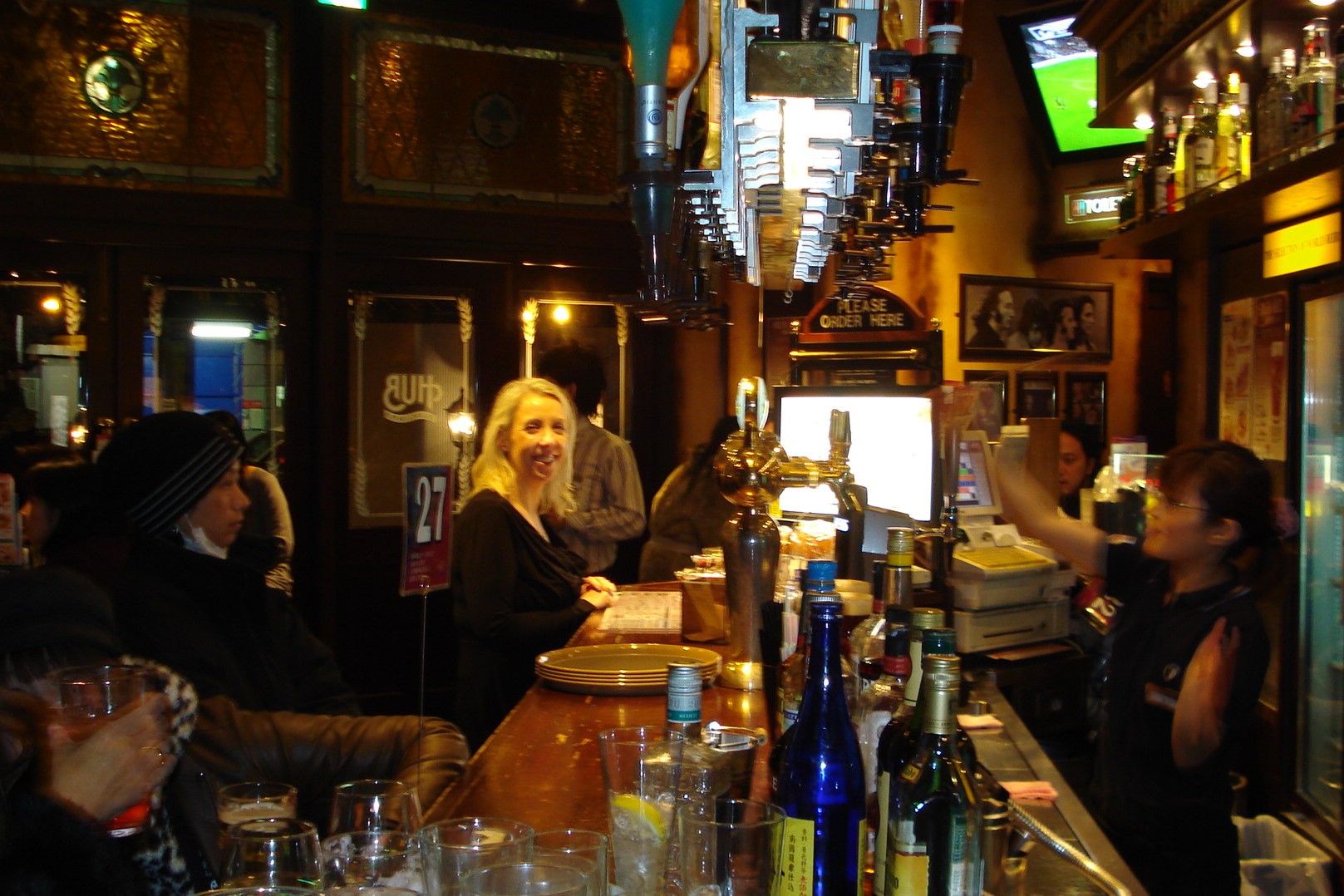
See 3 under useful links .
Day 3.
This was New Years day so we planned to visit the Imperial Palace grounds and gardens, only on this day and the Emperors birthday do the public have access through the Nakamon (inner gate) where you gather in the Kyūden Totei Plaza. The Imperial Family appears on the balcony before the crowd and the Emperor normally gives a short speech greeting and thanking the visitors and wishing them good health and blessings.
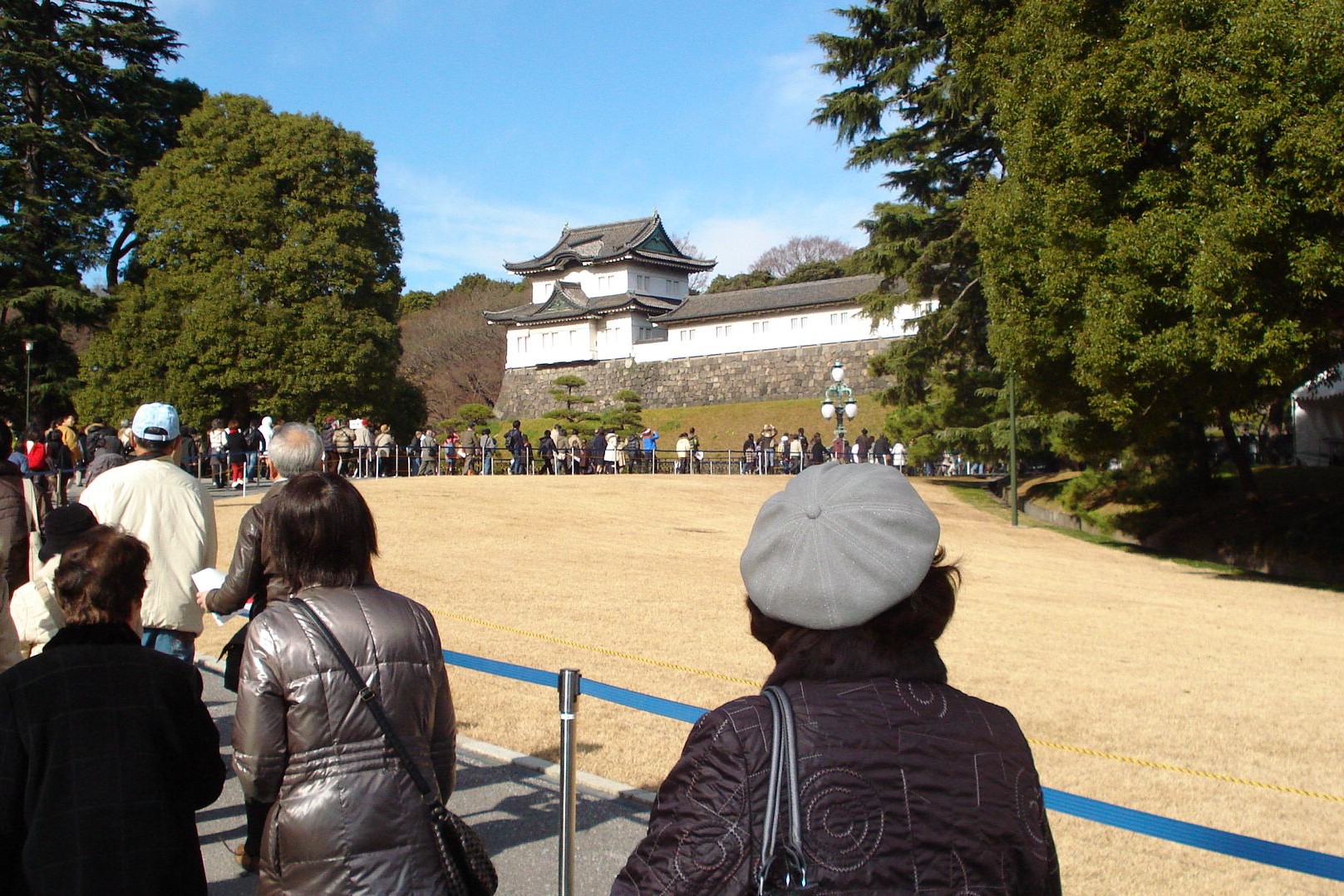
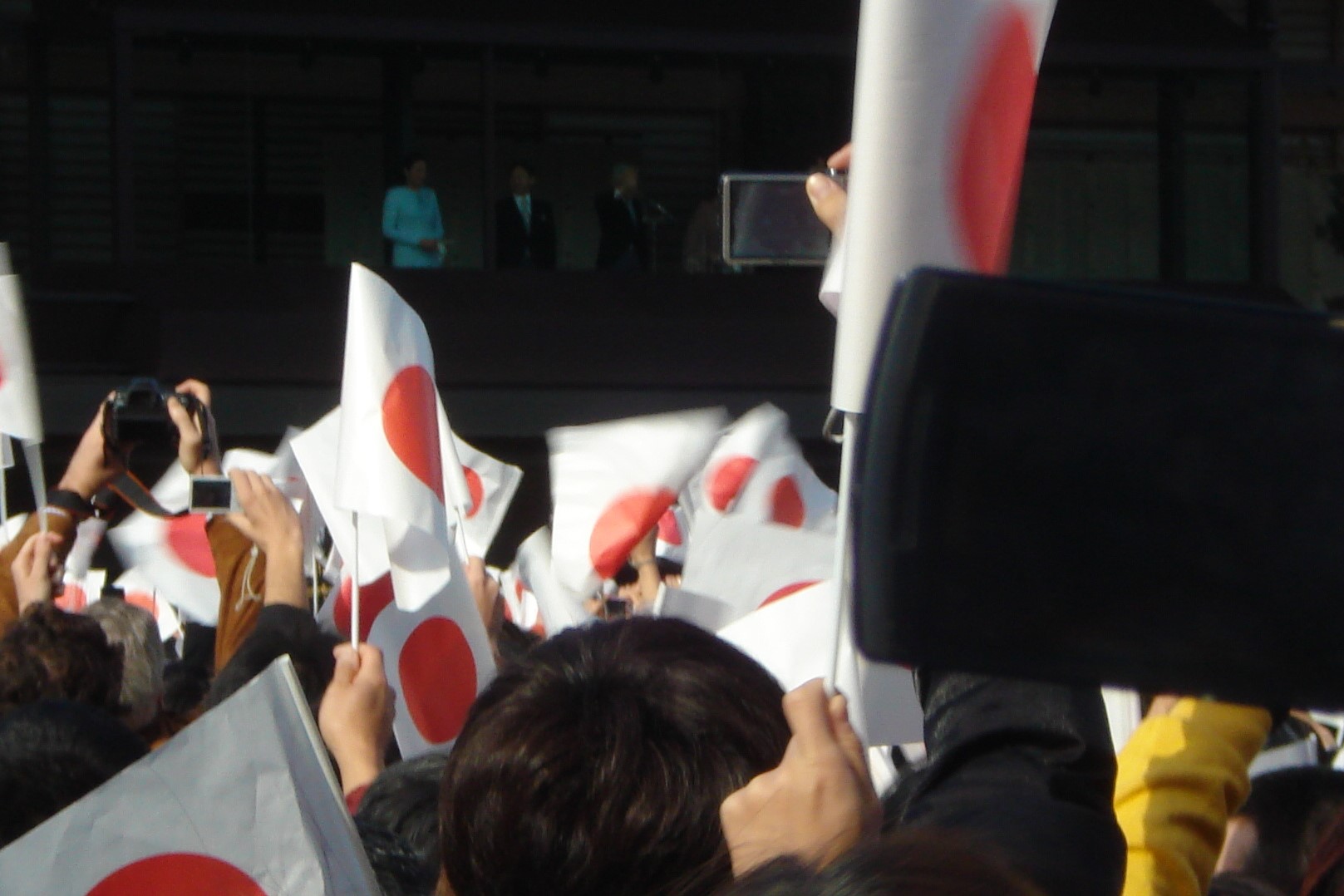
The good thing about large crowds in Japan is that the natives are not very tall so you can usually obtain a grandstand view.
The Imperial grounds are stunning and perfectly manicured, so you can wander freely in the winter sunshine.
In the afternoon there is time to head towards the Tokyo tower, and the Zojoji temple, the tower has an observatory which provides great views across Tokyo’s skyline.
See 4 in useful links.
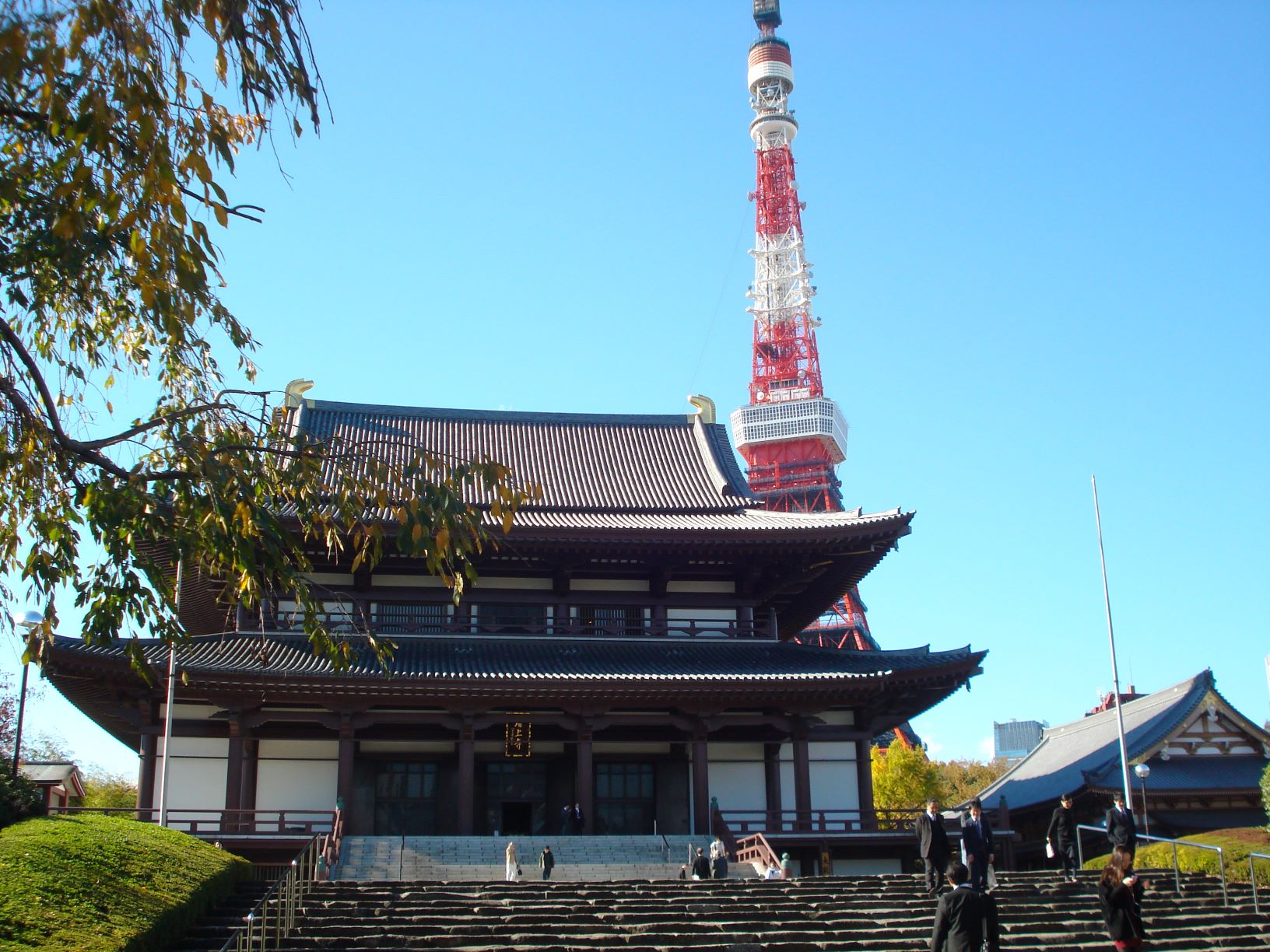
Heading back towards the Imperial gardens and Tokyo Station you will arrive into Ginza, so plenty of high end departments stores to visit.
Matsuya is worth a look.
If you would like to taste the best noodles in Tokyo its worth joining the queue out the door & down the street outside Funnji which definitly serves. And well worth swinging by Nonbei Yokocho a narrow alley not far from Shibuya Station lined with tiny izakaya bars.
Day 4.
You need to be up and out early in Tokyo, so to finish Western Tokyo, we set out for Shibura and the iconic Meiji Shrine the most important Shinto Shrine In Tokyo, you enter along a wide gravelled road towards the shrine grounds, on the right is the Meiji Treasure House Annex, exhibiting the Royal couples artefacts, and after you will walk under a massive Otorii leading to the Meiji-jingu Gyoen Garden.

The gardens allegedly designed by the Emperor Meiji for his Empress are spectacular complete with ponds stocked with water lilies and carp.
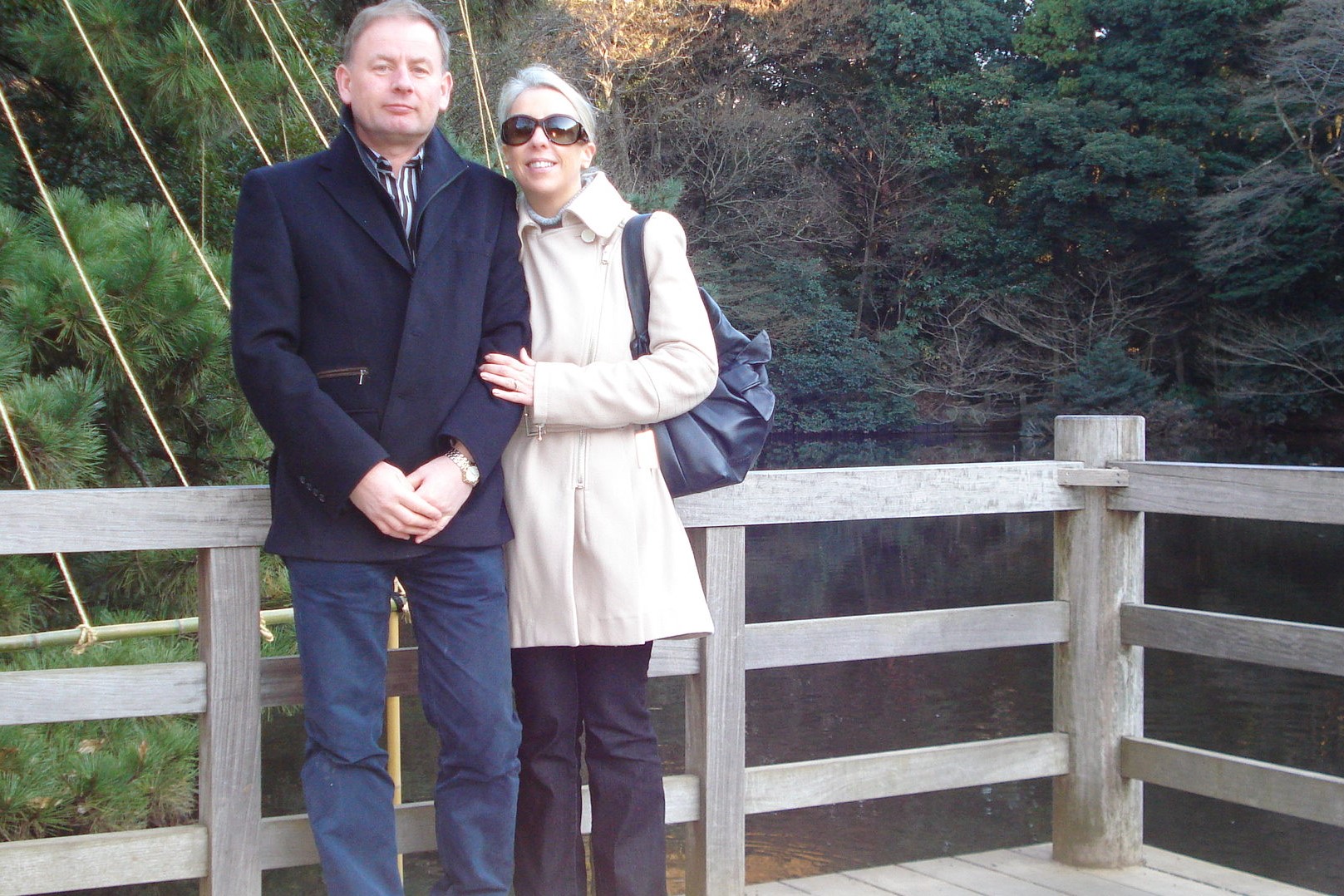
Past the entrance to the garden the road turns right and enters the main shrine area.
We headed out towards Yoyogi park, home to the 1964 Olympics still used to this day for both National and International sports competitions. From there Harajuku station which was the main access to the Tokyo Olympic Village, leads you to an area where high end International stores make way to bargain boutiques, and some strange teen fashion and culture –and you may even come across an outdoor film set : spot the blonde.
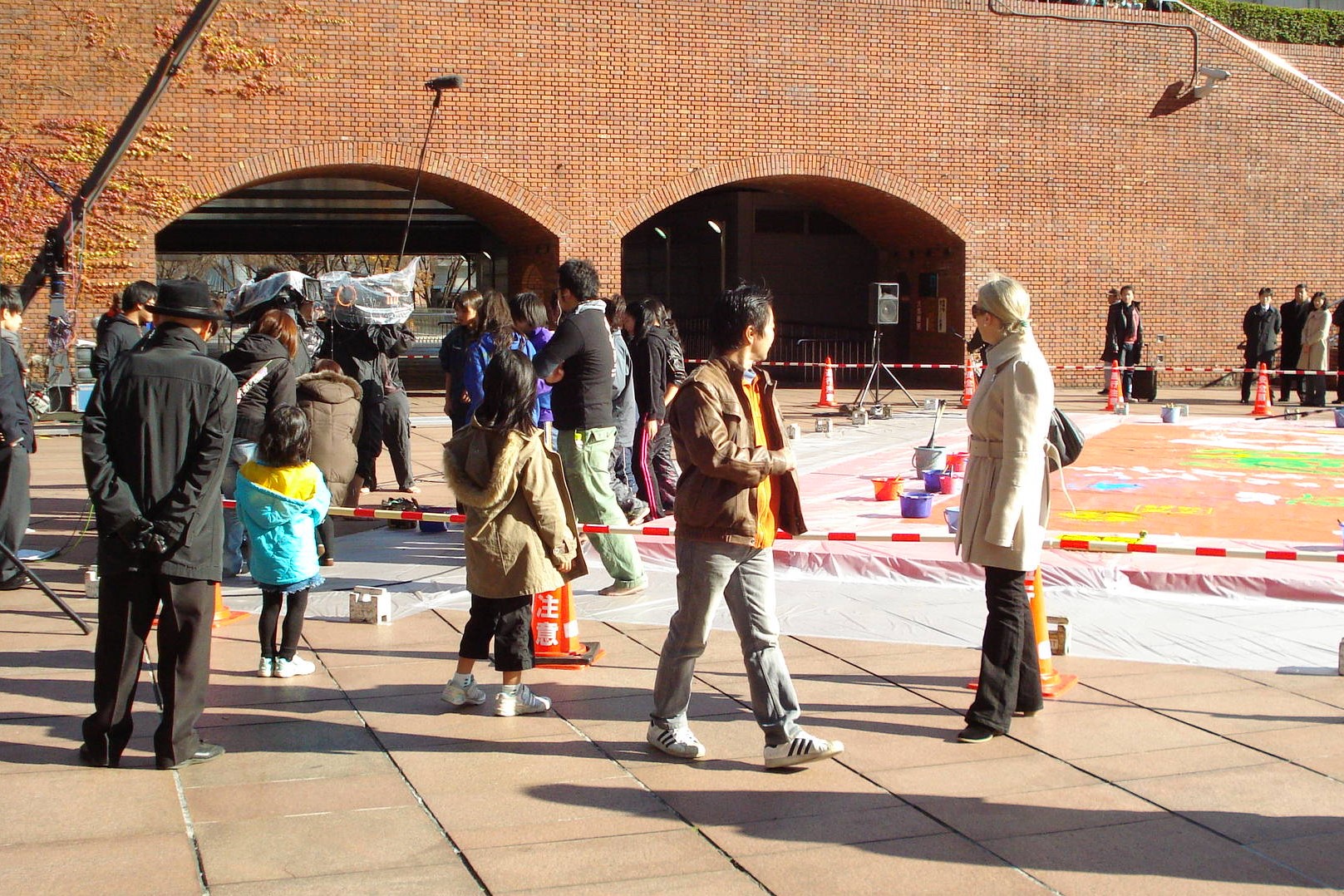
Never to far away is the hustle and bustle of life in Japan–but time sometimes does allow for an ice cream,
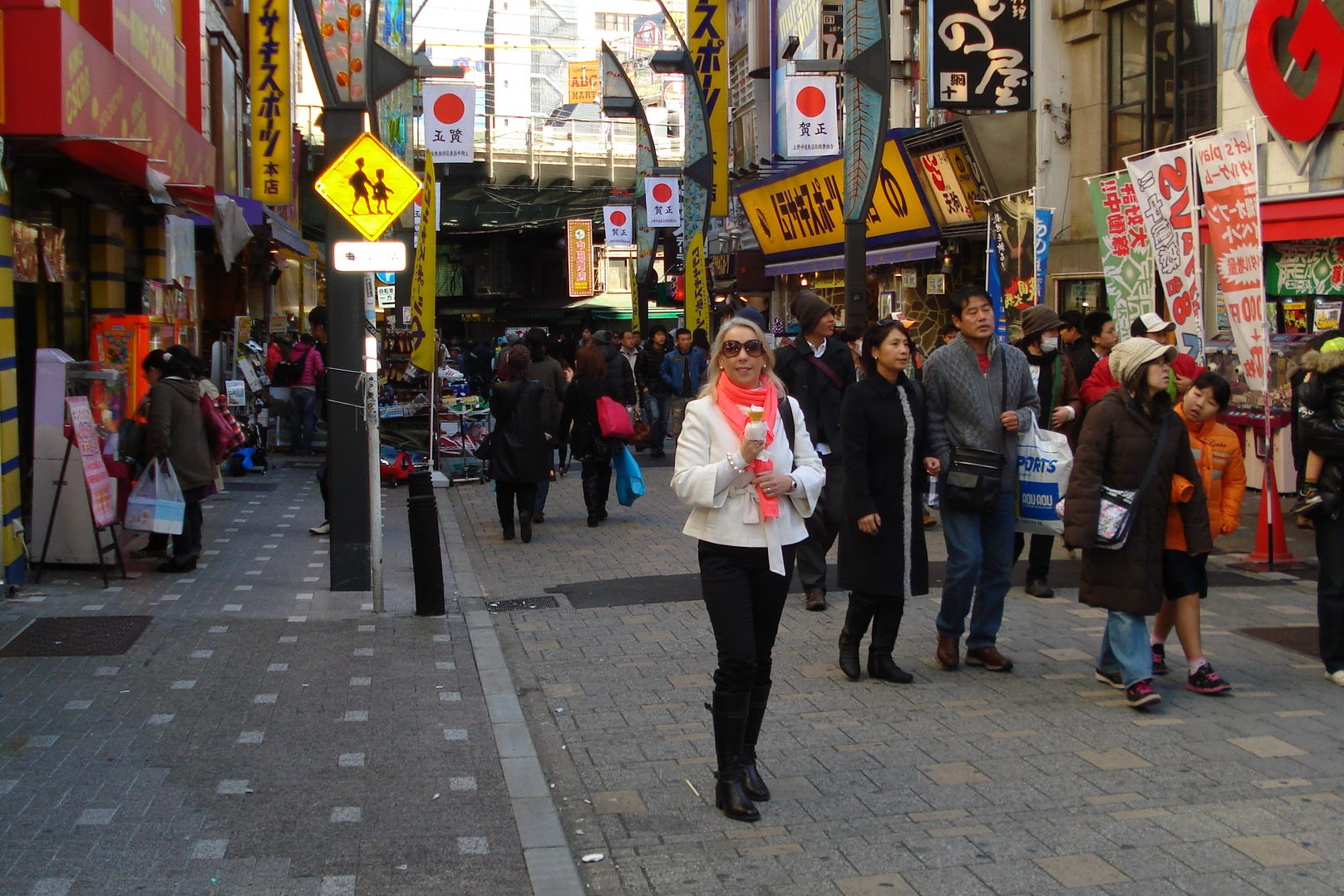
Day 5.
A day to take in some shopping in Ginza, before a night out in Roppongi District and Hills, famed for its shopping and hedonistic club scene.
Don’t miss the Sony music museum, and the Mori Art Museum which includes access to a 52Nd floor observation deck, there is also a National Art centre so plenty to do in and around before you have a final blow out before the next days departure back to Dublin.
Hope you enjoyed our Tokyo trip , as you will see from our earlier Japan blog it is a 2nd visit to Japan for Douglas one of his favourite countries!
Catch all our updates on Insta :@wokeandawaketravel
Twitter:@WokeTravel
Useful Links:
- https://www.hotelniwa.jp/en-us/
- https://www.fourseasons.com/tokyo/
- https://www.tokyometro.jp/en/tips/guide/pdf/tokyo_metro_guide.pdf#page=
- https://irish-pub-peter-cole.business.site/
- https://www.tokyotower.co.jp/
- https://www.hyatt.com/en-US/hotel/japan/park-hyatt-tokyo/tyoph?src=corp_lclb_gmb_seo_aspac_tyoph&icamp=psr_sharelink_tyoph
